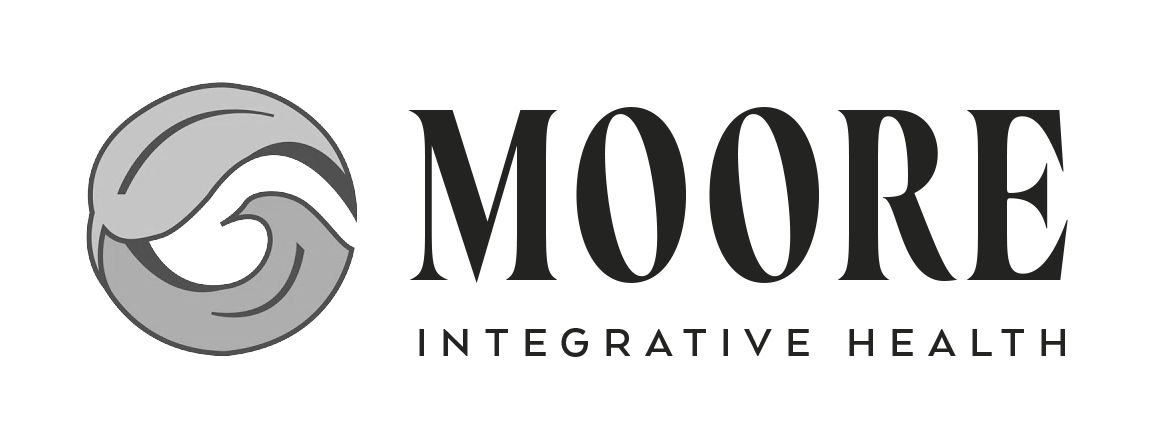Your Cooking Oils May Be Inflaming Your Brain!
The majority of your brain is fat, therefore the fat you consume on a daily basis is crucial to the health of your brain tissue.
When we talk about fat, it means the oils you cook with, avocados, nuts and seeds, animal fat, etc.
The best cooking fats are avocado oil, coconut oil, or ghee. Why? Because they have higher smoke points. Meaning the fat doesn’t turn into a rancid/inflammatory oil as easily. Unfortunately, olive oil does. So save that for a salad dressing.
Ghee is one of my faves to talk about because it is high in omega-3s and other fats that are good for your brain. It is clarified butter meaning the milk proteins (solids) including casein and lactose have been removed leaving the nutritious components in the final product. The catch is, it’s expensive. BUT I’VE FOUND A HACK!
In this photo the labeled container cost $15. The other two full jars, two of them, cost $6 total for both. How you ask!? I found pastured organic butter at grocery outlet for $2.99 for a 4 pack, bought two of em, and made the damn ghee myself.
And you can do this too. So you have one less excuse for choosing a poor quality option. Check the recipes section for a smoothie recipe with ghee in it for an extra healthy fat boost in the morning. Here are the highlights on how to make Ghee!
What you’ll need:
Small saucepan
Double layer of cheesecloth
Heat-resistance container (you can use a mason jar)
1 pound unsalted butter, preferably organic, or grass-fed
In a small saucepan, gradually melt the butter over low heat until it is melted completely, about 5 minutes. The butter will start to gurgle as the water evaporates. The top will cover with foam. Simmer uncovered on low for about 10 -15 minutes, until the milk solids start to brown on the bottom of the pot. Check after 10 minutes and frequently after that by pushing aside the foam and tilting the pan to see if the solids have browned. As soon as the solids turn brown turn off the heat and let the residue settle to the bottom. Pour the liquid through a double layer of cheesecloth into a heat-resistant container to catch any residue. Discard the solids.

